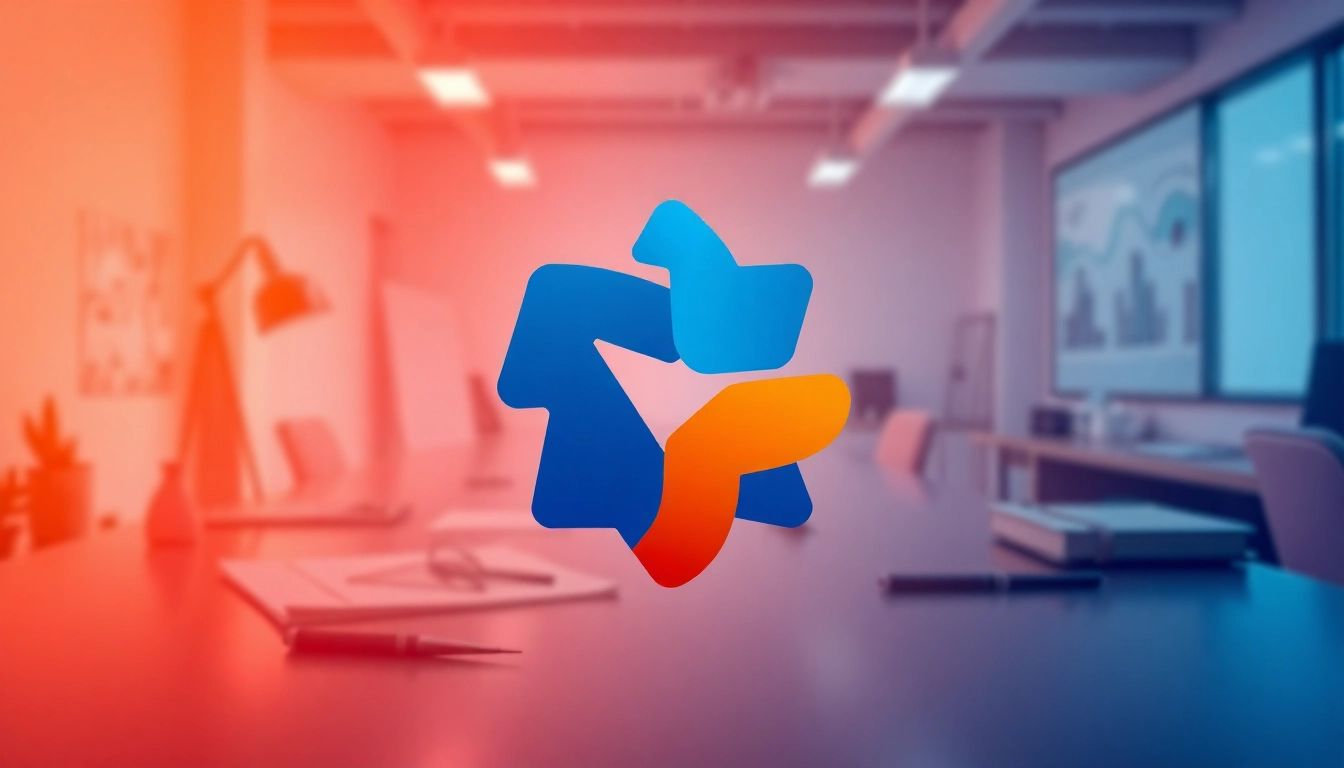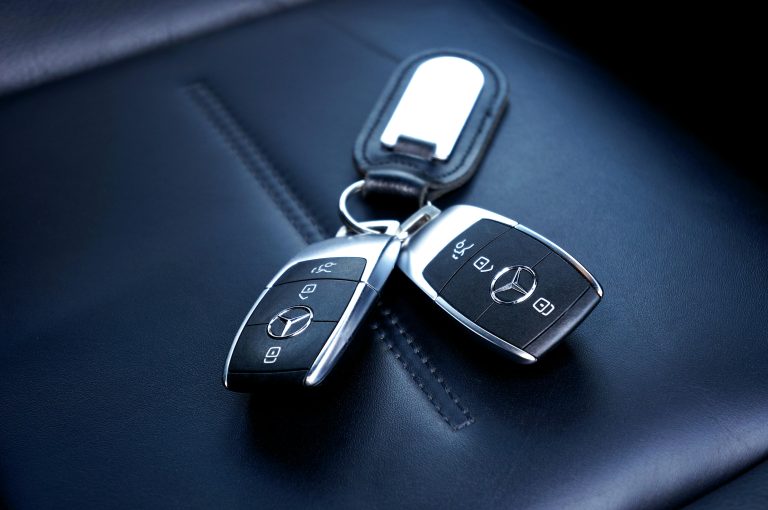
Understanding Custom AI Logo Design
Overview of Custom AI Logo Design
In today’s fast-paced digital landscape, the importance of a strong brand identity cannot be overstated. One of the critical components of this identity is a logo. In recent years, the advent of artificial intelligence has revolutionized how businesses approach logo design. Custom AI logo design utilizes machine learning algorithms to generate logos tailored to the unique needs of a brand. This approach not only speeds up the design process but also allows for greater flexibility and customization options than ever before. With tools available online, businesses now have the ability to craft their logos without the traditional constraints of hiring a professional designer or using rigid templates.
As you explore your options for a custom AI logo design, it’s essential to understand the underlying technology that powers these designs, the benefits they offer, and how to leverage them effectively to create a memorable brand identity.
Benefits of Using AI for Logo Creation
The use of AI in logo design comes with several advantages:
- Speed and Efficiency: AI can create logos in a matter of minutes, significantly reducing the time typically involved in the design process.
- Cost-Effectiveness: Many AI logo generation tools are either free or come at a fraction of the cost of hiring a graphic designer.
- Endless Customization: AI tools often provide a plethora of options for customization, allowing businesses to tweak elements until they find a design that resonates.
- Data-Driven Insights: AI can analyze popular trends and styles, enabling the creation of logos that are not only unique but also appealing to the target audience.
Common Misconceptions about AI Logo Design
Despite the advantages, several misconceptions about AI logo design persist:
- AI Can Replace Human Designers: While AI can produce impressive designs, it lacks the emotional intelligence and creative intuition that a human designer brings to the table.
- AI Logos Lack Uniqueness: Although it may seem that AI-generated logos share certain traits, many tools allow for significant customization, making it possible to create genuinely unique logos.
- Only for Small Businesses: Many established brands are using AI for logo design, showing that it can cater to various levels of business complexity.
Key Features of Effective Custom AI Logos
Design Principles for Customization
Effective logo design embraces several essential principles:
- Simple Yet Memorable: A logo should be simple enough to be easily recognizable but still memorable.
- Timelessness: A great logo should endure over time, avoiding fleeting trends that may quickly become outdated.
- Versatility: Logoes should work across various platforms and sizes. Whether on a business card or a billboard, the logo should remain clear and impactful.
- Appropriateness: The design elements should align with the brand’s values and the message it wants to convey.
Color Psychology in Logo Design
Color plays a vital role in brand identity, influencing consumer perception and emotions. Recent studies illustrate that colors can evoke specific feelings and associations:
- Red: Passion, excitement, and urgency. Often used in food and entertainment industries.
- Blue: Trust, stability, and professionalism. Common in corporate brands.
- Green: Health, growth, and sustainability. Frequently seen in eco-friendly brands.
- Yellow: Optimism and creativity. Used sparingly for brands aiming to inspire.
When designing a logo, choosing the right color scheme that reflects your brand’s personality and values is critical.
Typography Choices and Their Impact
In addition to color, typography is another critical element of logo design. The choice of typeface can alter perceptions of a brand. Here are some examples:
- Serif Fonts: Convey tradition and reliability.
- Sans-Serif Fonts: Offer a modern and clean look.
- Script Fonts: Evoke elegance and creativity.
Combining these typographic choices with your logo can help establish a clear brand voice and personality.
How to Choose the Right AI Tool for Custom Logo Design
Comparative Analysis of Popular AI Logo Tools
Numerous AI logo creation tools are available today, each offering unique features. Here’s a comparative overview of some popular options:
| Tool | Features | Pricing |
|---|---|---|
| Canva | Extensive design templates, user-friendly interface | Free with optional premium features |
| Looka | AI-driven logo suggestions, brand kit offerings | Paid plans starting from $20 |
| Logo AI | Customizable logos, intuitive interface | Free to start, paid features available |
| Brandmark | Generative design technology, unique draft options | Starting from $25 |
Features to Look for in an AI Logo Maker
When selecting an AI logo maker, consider the following features:
- Customization Options: The ability to tweak logos for color, typography, and layout is essential.
- User-Friendly Interface: A simple, intuitive design environment will enhance the logo creation experience.
- Export Options: Ensure the tool allows you to download your logo in multiple formats (e.g., PNG, SVG, etc.).
User Reviews and Experiences
User feedback is invaluable when evaluating AI logo generators. Look for reviews that discuss design outcomes, ease of use, and customer support experiences. Platforms like Reddit and design forums can provide insights into the effectiveness and reliability of these tools.
Steps to Create Your Custom AI Logo
Setting Your Brand Identity Goals
Before diving into logo creation, establish clear brand identity goals. Ask yourself:
- What message do I want my brand to communicate?
- Who is my target audience?
- What differentiates my brand from competitors?
These questions can help guide your design choices and ensure they are aligned with your overall brand strategy.
Designing Your Logo with AI
Once your goals are set, it’s time to start designing:
- Choose an AI logo maker that suits your needs.
- Input your business name and relevant keywords to generate initial designs.
- Experiment with various customization options to align the logo with your brand identity.
- Seek feedback from peers or your target audience on the logos you create.
Refining and Finalizing Your Logo Design
After gathering feedback, refine your logo. This might involve making adjustments to color, typography, or layout based on user input. Once satisfied, export your logo in various formats suitable for digital and print use. Additionally, consider creating a logo style guide outlining usage guidelines, color codes, and typography specifications to maintain brand consistency.
Exploring Trends in AI Logo Design
Current Trends Influencing Logo Design
Keeping up with trends is crucial as design preferences evolve. Here are some current trends in AI logo design:
- Minimalism: Simple designs with fewer elements continue to dominate the scene.
- Responsive Designs: Logos that adapt seamlessly across devices and platforms are increasingly important.
- Bold Typography: Unique fonts and type treatments are gaining traction to help brands stand out.
Future Directions for AI in Branding
The future of AI in branding is promising. As AI technology continues to advance, we can expect more sophisticated tools that enhance customization and adapt to user feedback in real-time. Additionally, more alignment with user emotions and preferences through machine learning may revolutionize how logos maintain relevance.
Case Studies of Successful Custom AI Logos
Anecdotes of brands that successfully utilized AI logo design tools can provide inspiration:
- Company A: Used Looka to create a tailored logo that resonated with their audience. Through constant refinement, they increased brand recognition by 40% within a year.
- Company B: Leveraged Canva’s AI capabilities to generate a fun logo for its creative sector, leading to a 30% increase in user engagement post-launch.
These case examples serve as proof that a well-designed logo, especially one created with AI support, can have a substantial impact on brand perception and performance.






